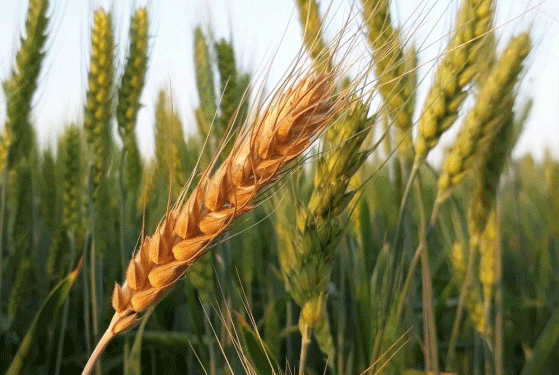As the 2024 grain harvest concludes in various Russian regions, farmers are faced with the challenge of balancing production costs and market prices. Due to adverse weather conditions, such as frost and insufficient rainfall, yields have been lower than average, prompting producers to hold off on selling their grain at current prices.
In the Tambov region, the harvest of winter wheat has been disappointing, falling below long-term averages. Igor Polyakov, the general director of Tambovskie Ferma, highlighted that the poor yield makes it crucial to secure better prices to avoid financial losses. Polyakov is optimistic that demand will increase in November, potentially leading to higher prices.
Similarly, in the Agrogard group, expectations are set for higher prices compared to last year. Pavel Tsarev, the company’s general director, noted that while the Krasnodar region has exceeded its grain yield targets, the central regions face lower yields and rising production costs. This scenario is expected to impact revenue dynamics, with barley prices in Krasnodar already 6-7% higher than last year. However, wheat prices have just begun to rise.
In the Krasnodar region, the agrofirm Progress sold some of its grain earlier in the season when prices were more favorable. Alexander Nezhenets, the chairman of Progress’s supervisory board, noted that current prices are 10-15% lower than earlier in the year, making them unacceptably low compared to the production cost of 11,700 rubles per ton.
The Lazarevskoe agribusiness in the Tula region is still harvesting and monitoring market conditions. Kristina Romanovskaya, the head of the holding, noted that while prices for the 2023 harvest are currently higher, they are influenced by reduced yield expectations in southern regions. The holding has managed to lower production costs through effective planning and cost optimization.
Steppe Agroholding continues its grain trading operations amid volatile market conditions. Andrey Neduzhko, the general director, mentioned that rising production costs are managed through digitalization and automation. Despite external market stagnation and low export prices, Steppe Agroholding is optimizing resources to sustain profitability.
On the global stage, grain prices remain low, with the International markets showing only slight improvements. Denis Sushkov of the export holding “Delivery by Sea” noted that while major grain-producing countries are seeing slight increases, the market remains subdued.
In response to market instability, the Russian government has approved the sale of up to 500,000 tons of wheat from federal intervention funds in 2024 to stabilize domestic prices. This measure aims to maintain market stability and support flour prices, according to Igor Sviridenko, president of the Russian Union of Flour Millers and Cereal Producers.
Russian farmers are navigating a complex market with increased production costs and variable yields. While some regions are experiencing higher prices, others struggle with lower yields and rising costs. The government’s intervention and market dynamics will play crucial roles in stabilizing prices and ensuring farmer profitability.
Error




